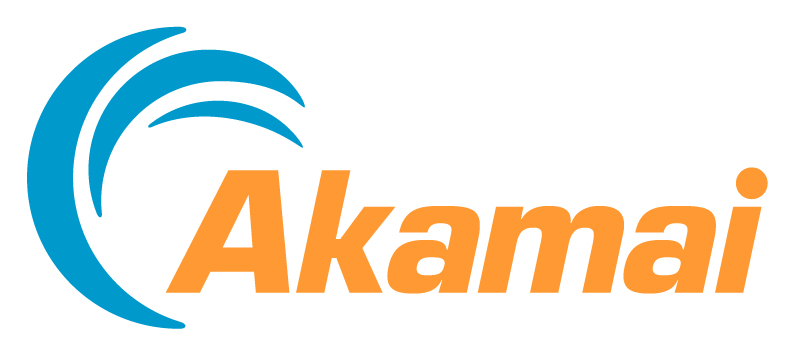
 Akamai Technologies, the leading provider of cloud services for delivering, optimising and securing online content and business applications, has announced the availability of the Q4 2014 State of the Internet – Security Report. The report is produced by Akamai’s Prolexic Security Engineering and Research Team (PLXsert), leading professionals in distributed denial of service (DDoS) protection and cloud security services and strategies. This quarter’s report, which provides analysis and insight into the global attack threat landscape including DDoS attacks observed across the PLXrouted network, can be downloaded at www.stateoftheinternet.com/security-report.
Akamai Technologies, the leading provider of cloud services for delivering, optimising and securing online content and business applications, has announced the availability of the Q4 2014 State of the Internet – Security Report. The report is produced by Akamai’s Prolexic Security Engineering and Research Team (PLXsert), leading professionals in distributed denial of service (DDoS) protection and cloud security services and strategies. This quarter’s report, which provides analysis and insight into the global attack threat landscape including DDoS attacks observed across the PLXrouted network, can be downloaded at www.stateoftheinternet.com/security-report.
“An incredible number of DDoS attacks occurred in the fourth quarter, almost double what we observed in Q4 a year ago,” said John Summers, vice president, Cloud Security Business Unit, Akamai. “Denial of service is a common and active threat to a wide range of enterprises. The DDoS attack traffic was not limited to a single industry, such as online entertainment that made headlines in December. Instead, attacks were spread among a wide variety of industries.”
Akamai also observed a 52 per cent increase in average peak bandwidth of DDoS attacks compared to Q4 a year ago. Large packets of unwanted network traffic can quickly sap an enterprise’s ability to respond to legitimate customers, resulting in denial of service outages. Most unprotected sites cannot withstand a typical DDoS attack. As a result, DDoS attacks have become part of the common cybersecurity threatscape that all enterprises with an online presence must anticipate in a risk assessment.
DDoS-for-hire and the rise of reflection and multi-vector attacks
Resourceful DDoS-for-hire booter suites took a low-investment approach by tapping into reflection-based DDoS attacks. Nearly 40 per cent of all DDoS attacks used reflection techniques, which rely on Internet protocols that respond with more traffic than they receive and do not require an attacker to gain control over the server or device.
Widespread availability of for-hire DDoS services allowed low-level, non-technical attackers to purchase ready-to-use DDoS services. The expansion of the DDoS-for-hire market also promoted the use of multi-vector campaigns, as the competitive market drove attack innovation. Significantly more multi-vector attacks were observed – 88 per cent more than in Q4 2013. More than 44 per cent of all attacks used multiple attack vectors.
Changing global distribution of DDoS targets and sources
The timing of DDoS attacks was distributed more evenly in Q4, a DDoS trend that appears to be fueled by an increasing number of targets of greater value in previously underrepresented geographic locations. In addition, geographical sources of malicious traffic have shifted. The United States and China continued as the lead source countries for DDoS traffic, but instead of the Brazil, Russia, India and China (BRIC) block that dominated in Q3 2014, Q4 DDoS attack traffic came in large part from the United States, China and Western Europe.
Highlights from the Akamai PLXsert Q4 2014 State of the Internet – Security Report
Compared to Q4 2013
- 57 per cent more DDoS attacks
- 52 per cent increase in average peak bandwidth
- 77 per cent decrease in average peak packets per second
- 51 per cent more application layer attacks
- 58 per cent more infrastructure layer attacks
- 28 per cent increase in average attack duration
- 84 per cent more multi-vector attacks
- 200 per cent increase in 100+ Gbps attacks (9 vs. 3)
Compared to Q3 2014
- 90 per cent more DDoS attacks
- 54 per cent decrease in average peak attack bandwidth
- 83 per cent decrease in average peak packets per second
- 16 per cent more application layer attacks
- 121 per cent more infrastructure layer attacks
- 31 per cent increase in average attack duration
- 38 per cent more multi-vector attacks
- 47 per cent fewer 100+ Gbps attacks (9 vs. 17)
A look into botnets
Malware is often used for DDoS botnet expansion. Malware trends – multiplatform, operating system awareness, and destructive malware – are described in the Security Report. In addition, Akamai profiled multiple web application attack botnets using a new analysis technique that takes advantage of data gleaned from the Akamai Intelligent Platform™. The identified botnets were set up to automate the discovery of web application vulnerabilities for Remote File Inclusion (RFI) and Operating System (OS) Command Injection attacks. Akamai researchers profiled the botnets by identifying malicious code resource URLs and payloads that were identical among seemingly unrelated attacks. An attack payload was used to aggregate data and map botnet activity, actors and victim web applications. This profiling technique can help identify more attack sources.
Mitigation of bots, scrapers and spiders
While denial of service attacks impacts site performance significantly, web crawlers can also affect site performance to a lesser degree. The most poorly coded crawlers may even resemble DDoS traffic. Akamai classifies web crawlers based on desirability and impact on site performance. The Security Report provides advice on classifying and mitigating their effects.
Download the report
A complimentary copy of the Akamai PLXsert Q4 2014 State of the Internet – Security Report is available as a free PDF download at www.stateoftheinternet.com/security-report




